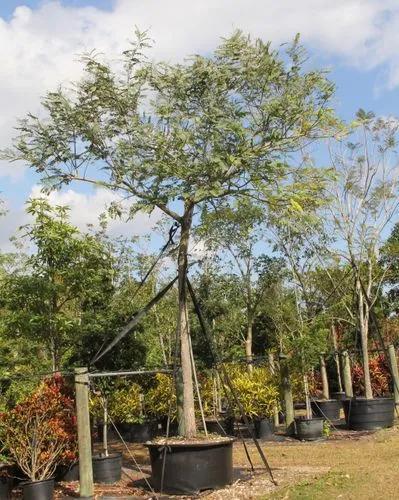fast-growing tree or shrub, species of the genus Aralia (Aralia) of the Araliaceae family. Russian folk names: thorn tree, devil treeThe Manchurian aralia is close to the tall aralia, which is distinguished by wider leaves and a loose inflorescence with a large number of umbrellas. However, all these signs are of little importance and are not always strictly observed. Therefore, both of these aralia are sometimes considered one species, which may carry the name Aralia elataThe plant is widespread in China, Japan, Korea, the Far East, Primorsky Krai, Sakhalin and the Kuril Islands. The northern border of the range runs between 45-50 ° N. sh. Grows singly or in small groups in the undergrowth of mixed or coniferous forests, preferring bright places, clearings and edges. The height reaches 2,700 meters above sea level. Aralia high - a pioneer in the settlement of burnt areas and cutting areas.
Aralia High Care
Aralia Elata



Small tree, 1.5-7, up to 12 meters tall, with a straight trunk up to 20 cm in diameter. The petioles and trunk are seated with numerous thorns. The root system is superficial, radial, horizontal to a depth of 10-25 cm from the soil surface. At a distance of 2-3 (less often 5) meters from the trunk, the roots bend steeply downward and reach a depth of 50-60 cm, while branching abundantly, forming numerous branches.Leaves are large, up to 1 m long, compound, doubly pinnate, consist of 2-4 lobes of the first order, which consist of 5-9 pairs of leaflets. The flowers are small, white or creamy, collected in umbrellas, forming branched multiflorous (up to 70 thousand flowers) inflorescences up to 45 cm in diameter at the top of the trunk. The fruit is blue-black, berry-shaped with five seeds, 3-5 mm in diameter. An adult plant can form up to 60 thousand fruits. The mass of 1000 fruits is about 50 grams. n natural conditions, it blooms in the fifth year of life. Blooms in July and August. Ripens in September-OctoberThe roots of aralia contain proteins, starch, carbohydrates, essential oil, mineral compounds, a small amount of alkaloids, triterpene pentacyclic saponins - aralosides A, B and C (oleanolic acid glycosides). Branches and leaves contain carbohydrates, essential oil, flavonoids, alkaloids, triterpenoids, organic acids and anthocyanins. The seeds contain unsaturated fatty acids (linoleic, octadecene).
How to Care for the Plant

Popularity

131 people already have this plant 11 people have added this plant to their wishlists
Discover more plants with the list below
Popular articles






